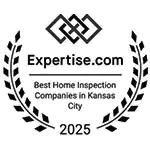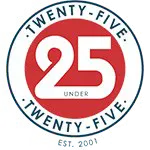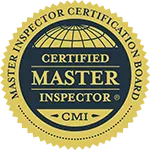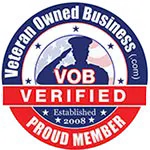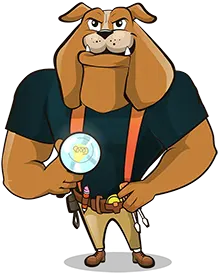“What’s NOT included in a home inspection?”
Along with knowing what IS included in a home inspection.
It’s also important to know what IS NOT inspected so you don’t end up disappointed later.
And there are several things that are – or may become – excluded from your home inspection services for one reason or another.
Let’s begin:
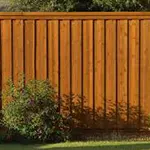 | 1. If it’s not part of the home (for example, the fence, property lines or its market value) |
| 2. If it’s an aftermarket or seasonal system (like a security system, sprinkler system, telephone system, cable system, surround sound system, intercom system, humidifier, water softener, or water purifier) | 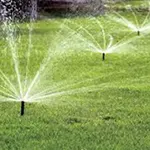 |
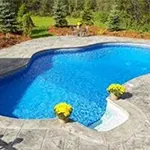 | 3. If it requires specialized training or knowledge (such as a swimming pool, fireplace, mold testing, radon gas testing, lead-based paint, and asbestos)These can still be inspected by a specially trained technician (and some home inspectors get certified to offer these, themselves). But they’re not included in a standard home inspection. Your inspector may have referrals to good companies, though. |
| 4. If it doesn’t stay with the home after you move in (like the refrigerator, washer-and-dryer or hot tub) | 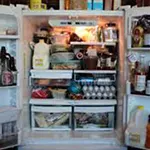 |
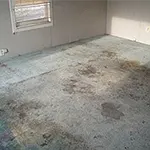 | 5. If it’s cosmetic (carpet wear, small holes in walls, scratches on wood floors or countertops) |
| 6. If it’s blocked or inaccessible (the crawlspace, main electrical panel, furnace cover, water heater, garage or attic access). | 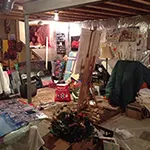 |
And since sellers can be pretty sensitive about having their things touched, it’s always smart to try to get key areas cleared away BEFORE your inspection.
So that’s it.
These areas are – or can be – excluded from your home inspection.
Go into it with your eyes open so you get the absolute most out of it.
For the exhaustive list of every conceivable excluded item read International Association of Certified Home Inspectors Standards of Practice.


